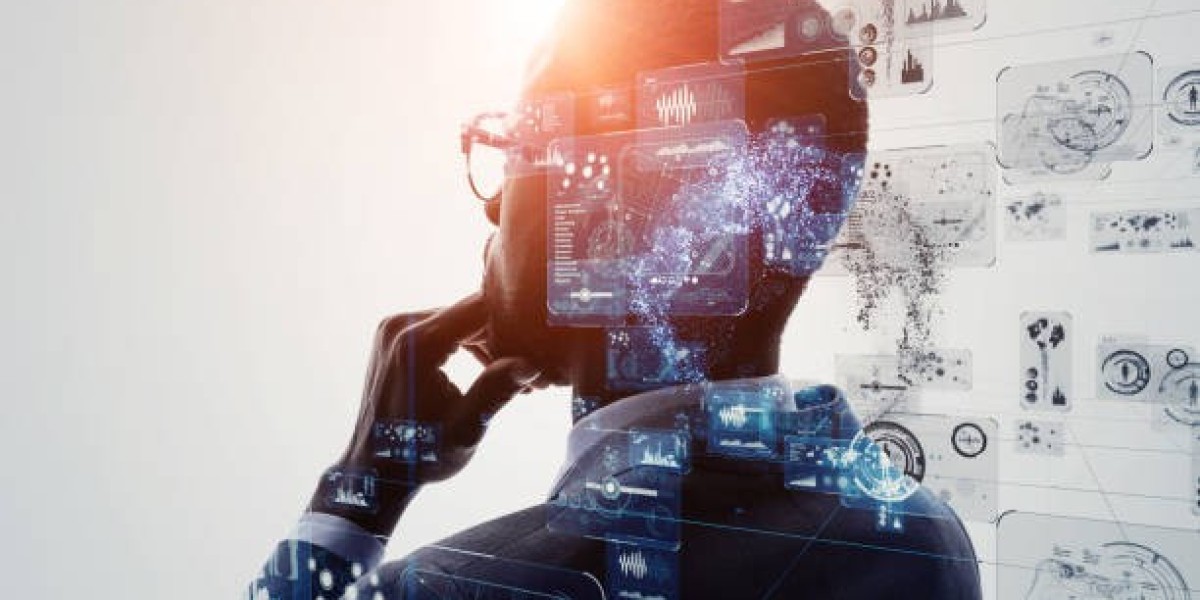In the realm of investigative procedures, forensic video analysis has emerged as a pivotal tool, enabling law enforcement agencies, legal professionals, and researchers to extract crucial information from video footage. This comprehensive guide aims to delve into the intricacies of forensic video enhancement, shedding light on its significance, techniques, and real-world applications.
The Significance of Forensic Video Enhancement
Video evidence plays a pivotal role in modern criminal investigations and legal proceedings. However, video recordings are often subject to various challenges such as poor lighting, low resolution, motion blur, and compression artifacts. This is where forensic video enhancement comes into play. By employing advanced techniques and technologies, analysts can uncover hidden details, clarify images, and make crucial elements more discernible.
Techniques for Forensic Video Enhancement
- Image Stabilization: In cases where the camera is shaky or unstable, image stabilization techniques can reduce the effects of camera movement, resulting in a clearer and more coherent video.
- Resolution Enhancement: Increasing the resolution of a video can reveal finer details, making it possible to identify objects, faces, or license plates that might have otherwise been indistinct.
- Noise Reduction: Noise from low-light conditions or compression can distort images. Noise reduction algorithms can mitigate these distortions, enhancing the overall quality of the video.
- Frame Interpolation: This technique involves generating new frames between existing ones to create smoother motion. This can be particularly helpful when dealing with videos featuring fast-moving subjects.
- Contrast and Brightness Adjustment: Fine-tuning contrast and brightness levels can bring out obscured elements in a video, improving visibility.
Real-World Applications and Ethical Considerations
The applications of forensic video enhancement are vast, ranging from criminal investigations to accident reconstructions. Law enforcement agencies utilize enhanced video to identify suspects, reconstruct crime scenes, and validate witness accounts. However, it's crucial to address ethical considerations, ensuring that the process is transparent, unbiased, and respectful of privacy rights.
Conclusion
Forensic video analysis, with its cornerstone of video enhancement techniques, stands as a potent instrument in modern investigative procedures. The ability to decipher intricate details from seemingly compromised footage can significantly influence the outcome of legal cases and contribute to a more just legal system. As technology continues to advance, so too will the capabilities of forensic video enhancement, promising an even more precise and effective means of unraveling the truth hidden within the pixels.








